Translating Slang and Cultural References
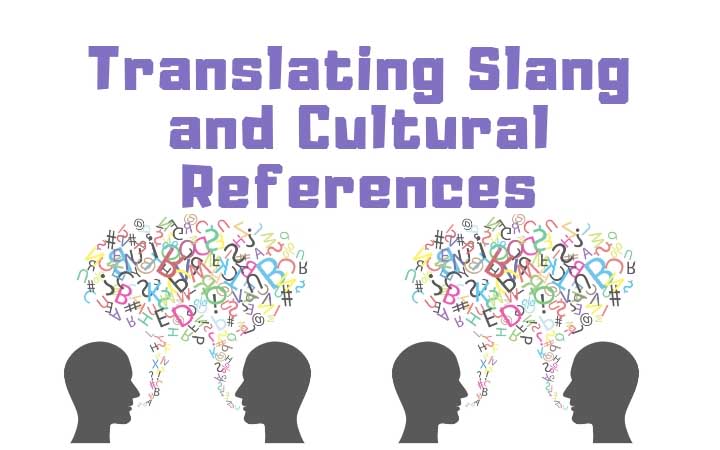
A fascinating challenge when working on a translation is the issue of how to approach translating slang words and phrases as well as unique cultural references. The translation of such cultural references is an issue that can lead to various misunderstandings of not just intention but also of different cultures. In a similar way, slang […]
Spanish Is the Second Most Widely Spoken Language in the World
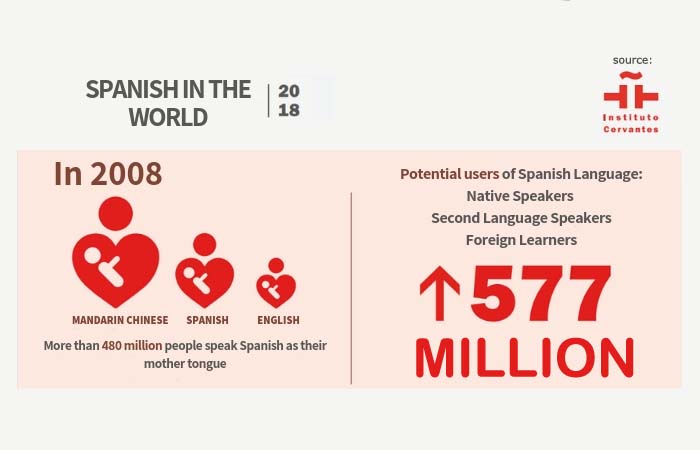
According to the latest annual report from the Spanish language institute, the Instituto Cervantes, more than 577 million people around the world speak Spanish, some 7.6% of the global population. By 2050, the Spanish speaking population is expected to increase to 756 million, an increase of 0.1%. This makes it the second most widely spoken […]
Freelance Translators: Be More Productive by Working Less

What do Charles Darwin, Ernest Hemingway and Gabriel García Márquez all have in common? They worked fewer than five hours a day. These geniuses weren’t lazy, they were efficient. Being a freelance translator with a flexible schedule and all that “freedom” sounds like a dream job but when you actually dive into freelancing, you realize […]
Translation Events – November and December 2018
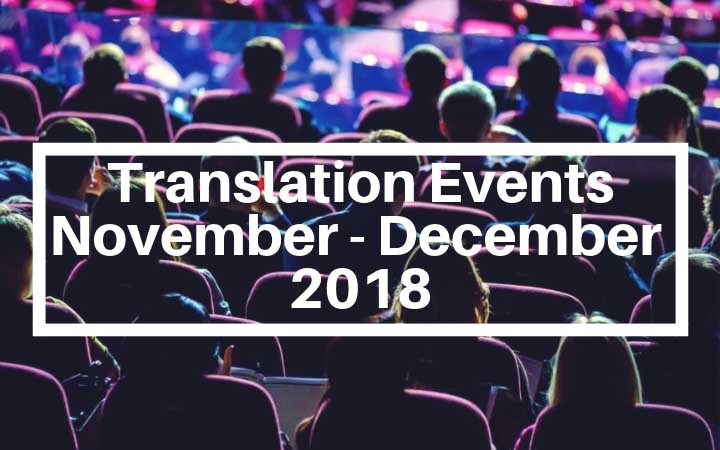
November 13-15 tcworld 2018 – tekom. Stuttgart, Germany November 15-16 Translating and the Computer 40 (TC40). AsLing. London, UK November 16-17 Discuss Interpreting (ISIT). Arcueil, France November 15 TAPICC: Translation API Class and Cases. The International Multilingual User Group (IMUG). San Jose, California, USA Noviembre 16-18 5.º Congreso Internacional de Correctores de Textos en Español. Colonia del Sacramento, Uruguay November 17-18 PROFT […]
Proofreading vs. Editing: Which Should I Choose?

Proofreading and editing are often considered to be interchangeable terms but they are definitely not. Many clients that contact us for the first time are unaware of the differences between the two and unsure of which service they need. In this post, we help clients and translators understand the differences between proofreading and editing. We […]
Ten Translation Facts for International Translation Day
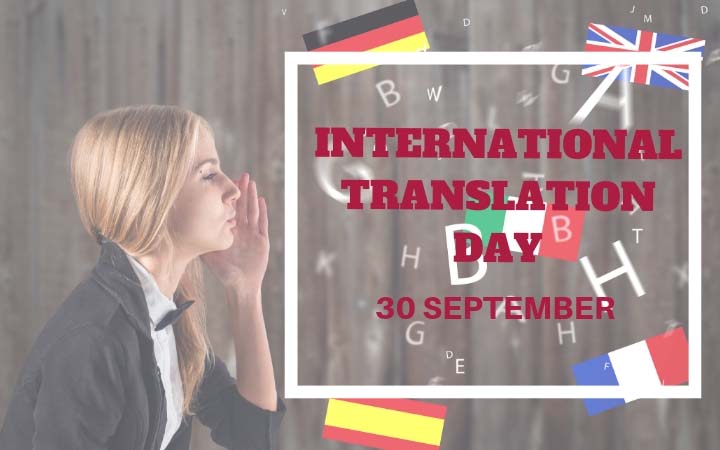
30 September is International Translation Day, held on the feast day of the patron saint of translation St. Jerome. Getting into the spirit of things, this article celebrates International Translation Day by exploring some of the most intriguing translation tidbits. The Patron Saint of Translation Made a Monumental Error From 382, St. Jerome spent 23 […]
Translation Industry Events – September 2018
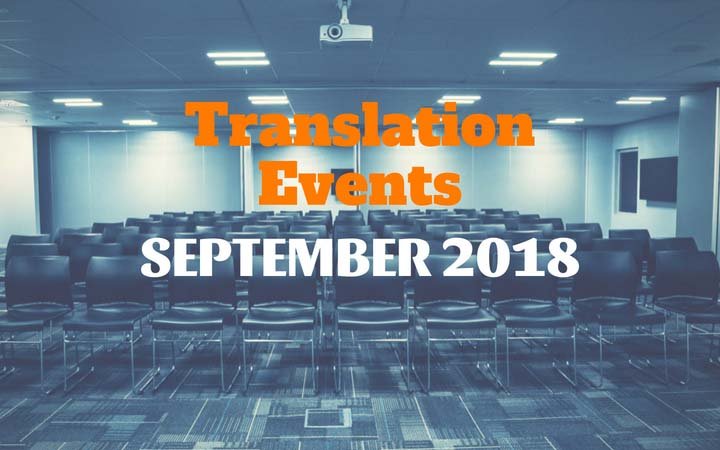
September 3-7 3rd International Translation Technology Summer School. KU Leuven. Antwerp, Belgium September 3-8 MT Marathon 2018. Institute of Formal and Applied Linguistics, Charles University. Prague, Czech Republic September 4-7 Content Marketing World. Content Marketing Institute. Cleveland, Ohio, USA September 10-12 42nd Internationalization & Unicode Conference (IUC42) Object Management Group. Santa Clara, California, USA September 12 Global Ready Bootcamp – […]
Guide to Translating with Inclusive Gender-Neutral Language in English
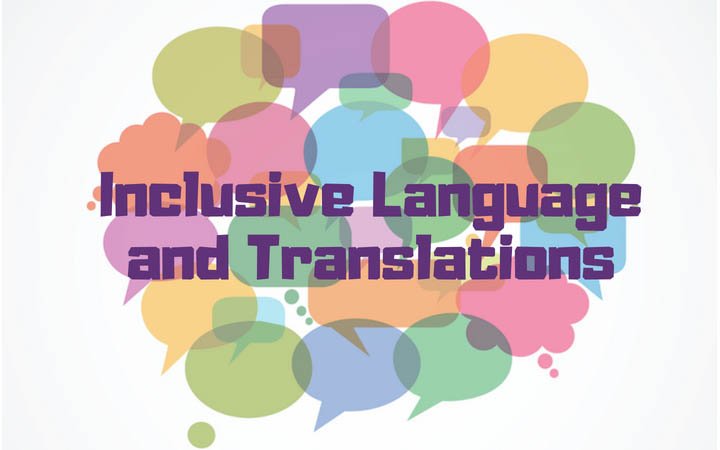
While English doesn’t tend to gender its nouns, in contrast to many other languages like Spanish (which has its own approaches to inclusivity, see this article in Spanish), gender still subconsciously plays a key role in the language. From mankind to kingdom, countless words in the English language are charged with gender associations without speakers […]
Essential Concentration Tips for Freelance Translators

With advances in technology, more and more translators are taking the leap into freelancing, and while working at home offers both more professional and personal freedom, it can sometimes feel akin to working in a theme park filled with distractions just waiting to take you away. As translation is such an intellectually intensive field, concentration […]
Strategies to Retain Talented Translators
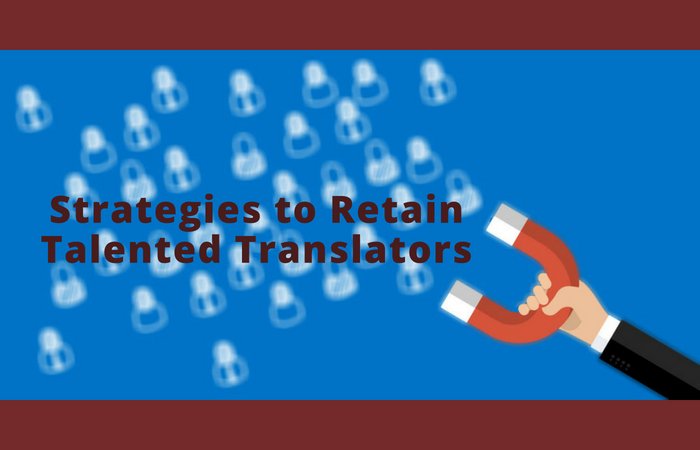
In a previous post, we mentioned what freelance translators should do to keep their translation clients happy, but what about the translators’ expectations? As organizations become increasingly reliant on contractors and freelancers, they need to consider how to attract and retain them. Many clients think that because their translation projects are only temporary, there isn’t […]



